-
 Bitcoin
Bitcoin $109,459.7682
2.44% -
 Ethereum
Ethereum $2,598.6052
6.29% -
 Tether USDt
Tether USDt $1.0003
0.00% -
 XRP
XRP $2.2734
3.95% -
 BNB
BNB $661.4886
1.58% -
 Solana
Solana $155.4825
4.35% -
 USDC
USDC $0.9999
-0.02% -
 TRON
TRON $0.2838
1.04% -
 Dogecoin
Dogecoin $0.1740
8.25% -
 Cardano
Cardano $0.6047
9.04% -
 Hyperliquid
Hyperliquid $40.2302
6.50% -
 Sui
Sui $2.9863
10.05% -
 Bitcoin Cash
Bitcoin Cash $509.5786
0.60% -
 Chainlink
Chainlink $13.8156
6.03% -
 UNUS SED LEO
UNUS SED LEO $9.0142
0.69% -
 Avalanche
Avalanche $19.0337
8.68% -
 Stellar
Stellar $0.2438
5.17% -
 Toncoin
Toncoin $2.9012
3.59% -
 Shiba Inu
Shiba Inu $0.0...01210
6.20% -
 Litecoin
Litecoin $90.0882
7.05% -
 Hedera
Hedera $0.1597
8.53% -
 Monero
Monero $326.3340
2.88% -
 Polkadot
Polkadot $3.6365
9.32% -
 Bitget Token
Bitget Token $4.6162
2.72% -
 Dai
Dai $1.0001
0.00% -
 Ethena USDe
Ethena USDe $1.0002
-0.01% -
 Uniswap
Uniswap $7.6403
10.47% -
 Pepe
Pepe $0.0...01060
12.03% -
 Aave
Aave $281.3664
7.56% -
 Pi
Pi $0.4992
1.76%
What is a credit delegation?
Credit delegation in DeFi allows users to share their creditworthiness via smart contracts, enabling others to access loans or services without collateral.
Jul 03, 2025 at 03:00 pm
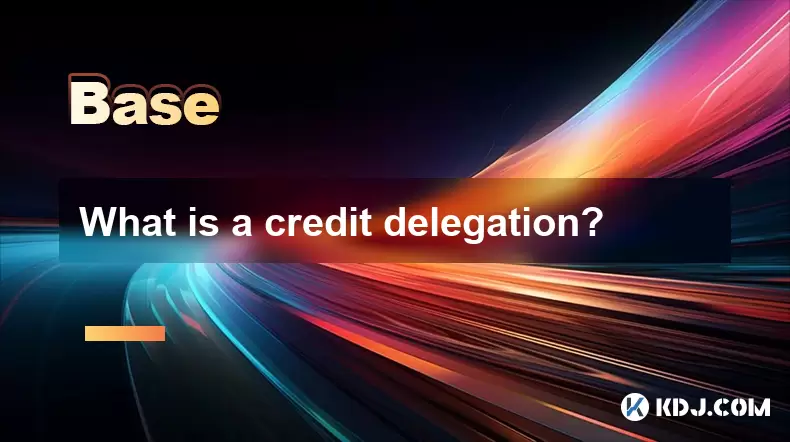
Understanding the Concept of Credit Delegation in Cryptocurrency
Credit delegation refers to a mechanism within certain blockchain protocols where users can delegate their creditworthiness or borrowing capacity to another party without transferring ownership of their assets. This concept is particularly relevant in decentralized finance (DeFi), where liquidity and trust are key components for financial operations. In traditional finance, credit delegation often involves legal agreements and intermediaries, but in the crypto world, it is facilitated through smart contracts.
Unlike conventional lending systems, which rely on centralized institutions to assess and approve credit, credit delegation in cryptocurrency enables peer-to-peer interactions governed by transparent code. Users who possess a strong on-chain history or collateralized assets can "lend" their credit profile to others, allowing those with less established reputations to access loans or services they might not otherwise qualify for.
How Does Credit Delegation Work?
The mechanics behind credit delegation involve several layers of interaction between participants:
- A delegator — someone with a proven track record of responsible asset management — agrees to share their credit reputation.
- A delegatee — typically a user with limited or no credit history — receives the benefit of this shared creditworthiness.
- The process is executed via smart contracts, ensuring that all terms are automatically enforced without third-party intervention.
This system often operates on collateral-backed models, where the delegator locks up assets as security for the actions of the delegatee. If the delegatee fails to meet obligations, the delegator may face penalties or liquidation. The entire framework relies on on-chain identity verification, reputation scoring, and risk assessment algorithms to function securely.
Use Cases of Credit Delegation in DeFi
There are multiple applications for credit delegation within the DeFi ecosystem:
- Borrowing Without Collateral: By leveraging a trusted third party's credit score, users can access funds without locking up their own assets.
- Liquidity Provision: Delegated credit can help new liquidity providers enter pools without needing large initial deposits.
- NFT Lending: Some platforms allow NFT holders to use their digital collectibles as credit backing when borrowing funds, especially if they have high floor prices or verified ownership histories.
- Yield Farming Participation: Newcomers can engage in yield farming strategies using delegated credit lines instead of deploying capital upfront.
Each of these scenarios demonstrates how credit delegation can enhance accessibility and inclusivity in decentralized finance while maintaining risk control through algorithmic oversight.
Technical Implementation: How Is Credit Delegation Enforced?
Smart contracts play a central role in enforcing credit delegation mechanisms. These self-executing agreements define the rights and responsibilities of both parties involved:
- Signature-based Authorization: Delegators sign off on specific permissions, such as approving a loan amount or setting repayment conditions.
- On-chain Identity Verification: Platforms like ENS (Ethereum Name Service) or decentralized identifiers (DIDs) help verify the authenticity of participants.
- Reputation Scoring Systems: Protocols track historical behavior, including repayment history and default rates, to determine credit limits and eligibility.
- Collateral Locking Mechanisms: To mitigate risks, delegators may be required to lock up assets as guarantees for the actions of the delegatees.
These technical safeguards ensure that credit delegation remains secure and efficient across various DeFi platforms. They also enable automation, transparency, and reduced counterparty risk compared to traditional financial systems.
Risks and Considerations in Credit Delegation
While credit delegation offers numerous benefits, it also introduces potential risks:
- Default Risk: If a delegatee fails to repay a loan or fulfill obligations, the delegator may suffer financial losses.
- Smart Contract Vulnerabilities: Bugs or exploits in contract code could lead to unintended outcomes or fund loss.
- Reputation Damage: Misbehavior by a delegatee could negatively impact the delegator’s on-chain reputation, affecting future participation in DeFi activities.
- Regulatory Uncertainty: As DeFi continues to evolve, regulatory frameworks around credit delegation remain unclear in many jurisdictions.
Users must carefully evaluate these factors before participating in credit delegation arrangements. It is crucial to understand the terms encoded in smart contracts and assess the reliability of both counterparties and underlying platforms.
Frequently Asked Questions (FAQs)
Q1: Can I revoke my credit delegation after granting it?
Yes, most platforms allow delegators to revoke permissions at any time. However, revocation may trigger liquidation or require the delegatee to repay outstanding obligations immediately.
Q2: Is credit delegation available on all blockchains?
No, credit delegation functionality depends on the protocol and blockchain infrastructure. Currently, it is more prevalent on Ethereum-compatible networks and layer-2 solutions that support advanced DeFi features.
Q3: What happens if the delegatee defaults on a loan?
In most cases, the delegator is held accountable for the unpaid debt. Depending on the platform, this could result in partial or full liquidation of the delegator’s locked assets.
Q4: Are there any fees associated with credit delegation?
Yes, users may incur gas fees for on-chain transactions, as well as service fees charged by the DeFi platform facilitating the credit delegation process.
Disclaimer:info@kdj.com
The information provided is not trading advice. kdj.com does not assume any responsibility for any investments made based on the information provided in this article. Cryptocurrencies are highly volatile and it is highly recommended that you invest with caution after thorough research!
If you believe that the content used on this website infringes your copyright, please contact us immediately (info@kdj.com) and we will delete it promptly.
- Crypto Summer Buys: Is Shiba Inu Out, and What's In?
- 2025-07-03 18:30:12
- Bitcoin, Solaris Presale, and Coin Watch: Catching the Next Wave
- 2025-07-03 19:10:11
- BONK ETF Buzz: Catalyst for a Meme Coin Moonshot?
- 2025-07-03 19:50:12
- Sui Coin, Bitcoin Solaris, and the Presale Opportunity: Catching the Next Wave
- 2025-07-03 19:50:12
- Sui Coin, Bitcoin Solaris, and Presale Opportunities: What's the Buzz?
- 2025-07-03 19:55:14
- MEXC's Bitcoin Reserves: A Fortress of Asset Coverage
- 2025-07-03 19:55:14
Related knowledge

What is open interest in derivatives?
Jul 03,2025 at 02:49pm
Understanding Open Interest in DerivativesOpen interest is a critical metric used in the cryptocurrency derivatives market, particularly when analyzing futures and options contracts. It represents the total number of outstanding contracts that have not been settled or closed by either party involved. Unlike trading volume, which counts all trades made i...
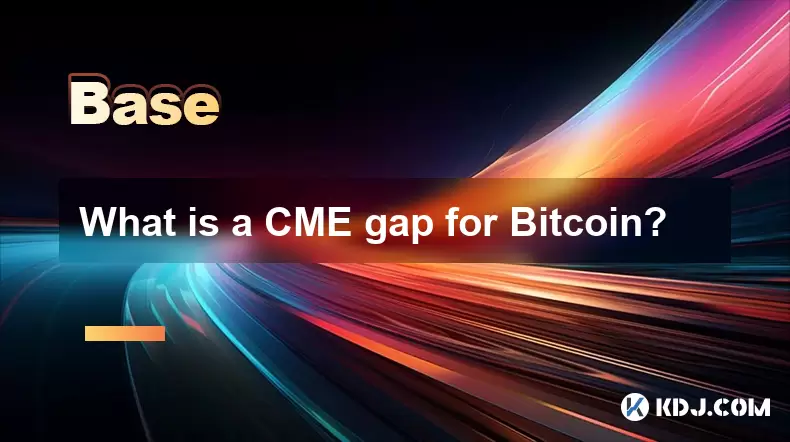
What is a CME gap for Bitcoin?
Jul 03,2025 at 05:49pm
Understanding the Concept of a CME GapA CME gap refers to a discrepancy in price between the closing price of Bitcoin on the Chicago Mercantile Exchange (CME) and its opening price when trading resumes. This phenomenon occurs because the CME operates during specific hours, typically aligned with traditional market hours, while cryptocurrency markets ope...
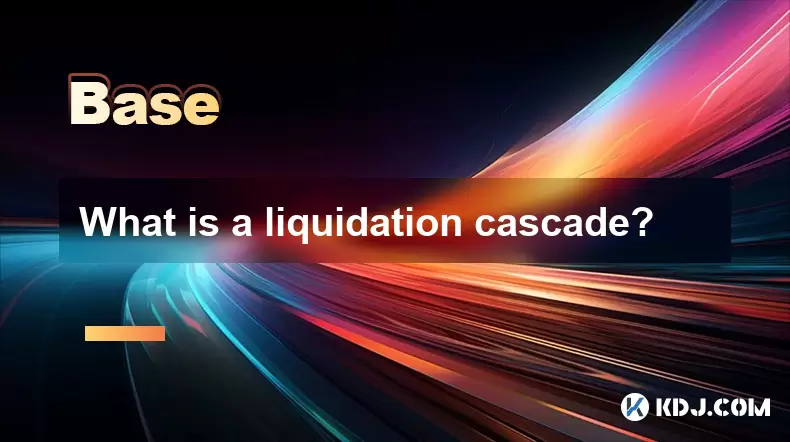
What is a liquidation cascade?
Jul 03,2025 at 07:15am
Understanding the Concept of LiquidationIn the realm of cryptocurrency trading, liquidation refers to the process by which a trader's position is automatically closed due to insufficient funds to maintain the leveraged trade. This typically occurs when the market moves against the trader's position and their account equity falls below the required maint...
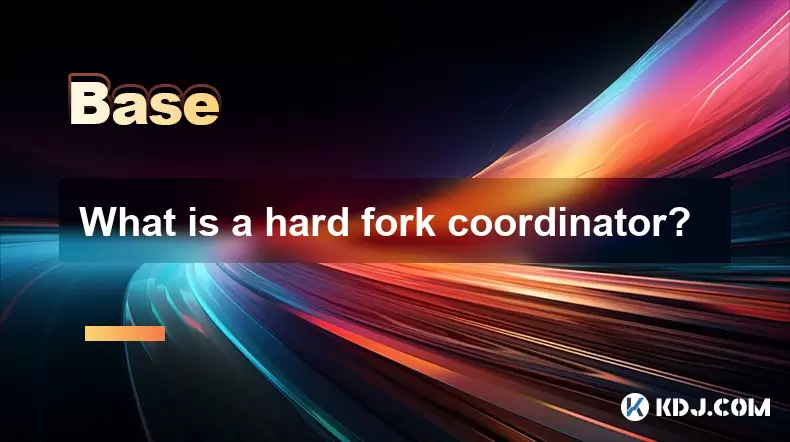
What is a hard fork coordinator?
Jul 03,2025 at 12:42pm
Understanding the Role of a Hard Fork CoordinatorIn the world of blockchain and cryptocurrencies, a hard fork coordinator plays a critical role during major network upgrades. A hard fork is a significant change to a blockchain’s protocol that makes previously invalid blocks or transactions valid (or vice versa). This type of upgrade requires all nodes o...
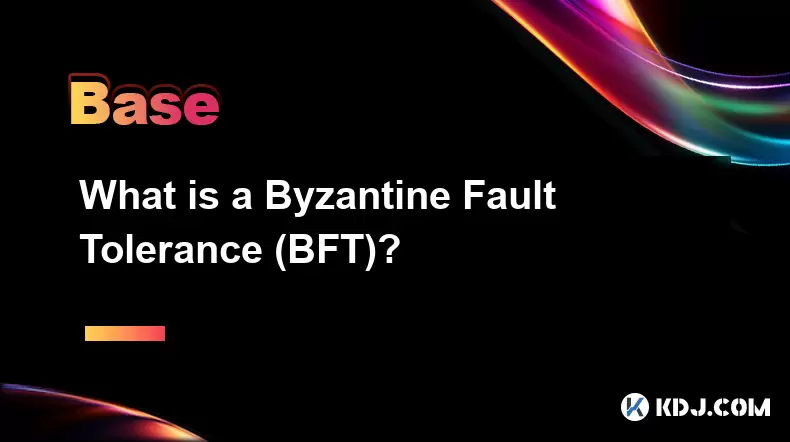
What is a Byzantine Fault Tolerance (BFT)?
Jul 03,2025 at 11:49am
Understanding the Concept of Byzantine Fault ToleranceByzantine Fault Tolerance (BFT) is a critical concept in distributed systems, particularly within the realm of blockchain technology and cryptocurrencies. It refers to the ability of a system to continue functioning correctly even when some components fail or behave maliciously. The term originates f...
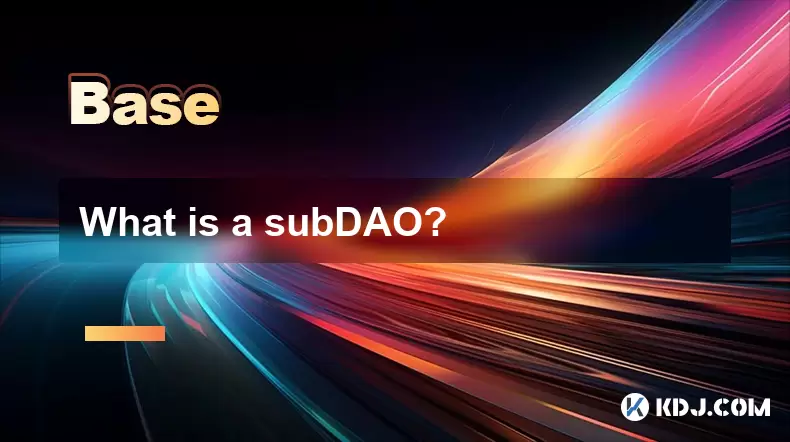
What is a subDAO?
Jul 03,2025 at 09:36am
Understanding the Concept of SubDAOA SubDAO, short for Sub-Decentralized Autonomous Organization, is a specialized entity that operates under the umbrella of a larger DAO (Decentralized Autonomous Organization). It functions with its own set of rules, governance mechanisms, and tokenomics while remaining aligned with the overarching goals of the parent ...

What is open interest in derivatives?
Jul 03,2025 at 02:49pm
Understanding Open Interest in DerivativesOpen interest is a critical metric used in the cryptocurrency derivatives market, particularly when analyzing futures and options contracts. It represents the total number of outstanding contracts that have not been settled or closed by either party involved. Unlike trading volume, which counts all trades made i...

What is a CME gap for Bitcoin?
Jul 03,2025 at 05:49pm
Understanding the Concept of a CME GapA CME gap refers to a discrepancy in price between the closing price of Bitcoin on the Chicago Mercantile Exchange (CME) and its opening price when trading resumes. This phenomenon occurs because the CME operates during specific hours, typically aligned with traditional market hours, while cryptocurrency markets ope...

What is a liquidation cascade?
Jul 03,2025 at 07:15am
Understanding the Concept of LiquidationIn the realm of cryptocurrency trading, liquidation refers to the process by which a trader's position is automatically closed due to insufficient funds to maintain the leveraged trade. This typically occurs when the market moves against the trader's position and their account equity falls below the required maint...

What is a hard fork coordinator?
Jul 03,2025 at 12:42pm
Understanding the Role of a Hard Fork CoordinatorIn the world of blockchain and cryptocurrencies, a hard fork coordinator plays a critical role during major network upgrades. A hard fork is a significant change to a blockchain’s protocol that makes previously invalid blocks or transactions valid (or vice versa). This type of upgrade requires all nodes o...

What is a Byzantine Fault Tolerance (BFT)?
Jul 03,2025 at 11:49am
Understanding the Concept of Byzantine Fault ToleranceByzantine Fault Tolerance (BFT) is a critical concept in distributed systems, particularly within the realm of blockchain technology and cryptocurrencies. It refers to the ability of a system to continue functioning correctly even when some components fail or behave maliciously. The term originates f...

What is a subDAO?
Jul 03,2025 at 09:36am
Understanding the Concept of SubDAOA SubDAO, short for Sub-Decentralized Autonomous Organization, is a specialized entity that operates under the umbrella of a larger DAO (Decentralized Autonomous Organization). It functions with its own set of rules, governance mechanisms, and tokenomics while remaining aligned with the overarching goals of the parent ...
See all articles

























































































